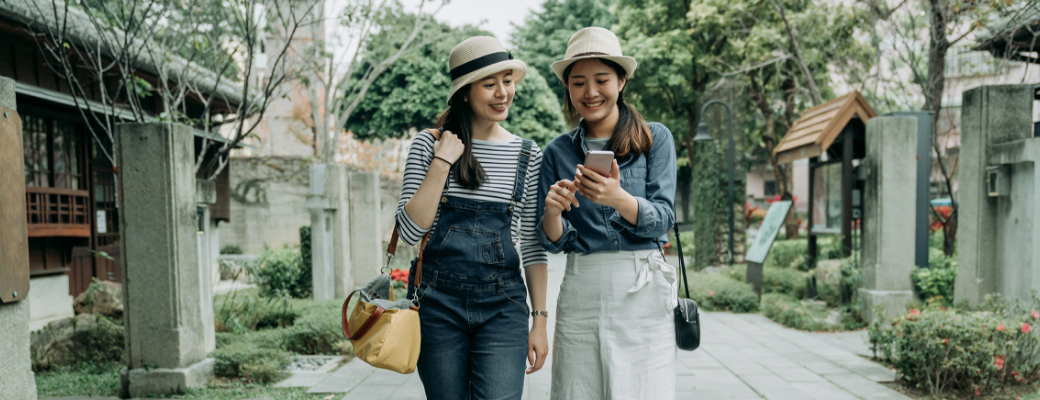
Digital Ticket
On sale: a set ticket including the Rapi:t , admission to the Tsutenkaku Observation Deck, and Nankai Soba!

Should You Tie or Take Home an Omikuji? How to Dispose of It Later
"An Omikuji should be tied at the shrine or temple where it was drawn." This is generally what people believe, but some may choose to take it home. This article explains how to tie an Omikuji and the proper way to store and dispose of it if you take it home.
Do you tie the Omikuji you draw, or do you take it home?
In fact, whether you should tie or take home an Omikuji varies by shrine or temple, and there’s no strict rule.
In any case, handling it carelessly is discouraged. Below, we explain how to handle the Omikuji both if you tie it or take it home.
If you’re going to tie your Omikuji, do so on the shrine grounds or leave it at the designated offering area. Tying the Omikuji symbolizes “forming a bond” with the deities.
Be sure to tie it at the designated spot within the grounds. If you previously took an Omikuji home and no longer need it, you can tie it back there or leave it at the offering area. Omikuji are often tied to tree branches because it’s believed that “by connecting to the strong life force of the trees, one’s wishes will be firmly bonded.”
Additionally, if you wish to tie or offer an Omikuji that you took home, it’s not necessary to return to the specific shrine where you drew it. However, note that Omikuji drawn at a shrine should ideally be returned to a shrine, and those from a temple should go back to a temple.
If you choose to take your Omikuji home, keep it safe for the year. If you wish to carry it with you, feel free to store it in your bag or wallet. At home, it’s best kept in a kamidana (home altar) or in a desk drawer.
Take care not to treat the Omikuji poorly.
While we suggested keeping it safe for the year, how should you dispose of it when the time comes?
Disposing of it at a Dondo-yaki (Bonfire Ritual)
You can have your Omikuji burned at a shrine's "Dondo-yaki" ceremony, where New Year’s decorations like shimenawa ropes and kadomatsu (pine decorations) are traditionally burned. Dondo-yaki is typically held in January. When bringing an Omikuji to Dondo-yaki, wrap it in washi (Japanese paper) or hansi (plain paper) or put it in an envelope or plastic bag.
Disposing of It at a Nearby Shrine or Temple
You may also dispose of your Omikuji in the "Furuhuda-ire" or "Hennou-bako" (offering boxes) found at shrines or temples. These boxes are designated for old Omikuji, charms, Hamaya (arrows), or Kumade (bamboo rakes). Many people take their previous year's Omikuji with them for disposal when visiting the shrine for New Year’s.
If there’s a donation box nearby, it’s considered respectful to make a donation equivalent to the value of the Omikuji.
Disposing of It as Burnable Trash
If you’re unable to visit a shrine or temple, you may dispose of your Omikuji as burnable trash. In such cases, it's recommended to purify the Omikuji with salt before disposing of it. Ideally, it should be disposed of at a shrine or temple, but if necessary, wrap the Omikuji and some salt in washi, hansi, or an envelope or plastic bag before discarding it.
This article has explained how to handle an Omikuji whether you choose to tie it or take it home. The written content of an Omikuji is important, so bringing it home and reflecting on it when you’re troubled or uncertain can provide hints for self-improvement. However, if you keep it, don’t handle it carelessly, and dispose of it with gratitude when the time comes.
The Nankai Railway area is home to many historic shrines and temples, each with unique Omikuji. When visiting, be sure to draw an Omikuji and see what it has in store for you!

